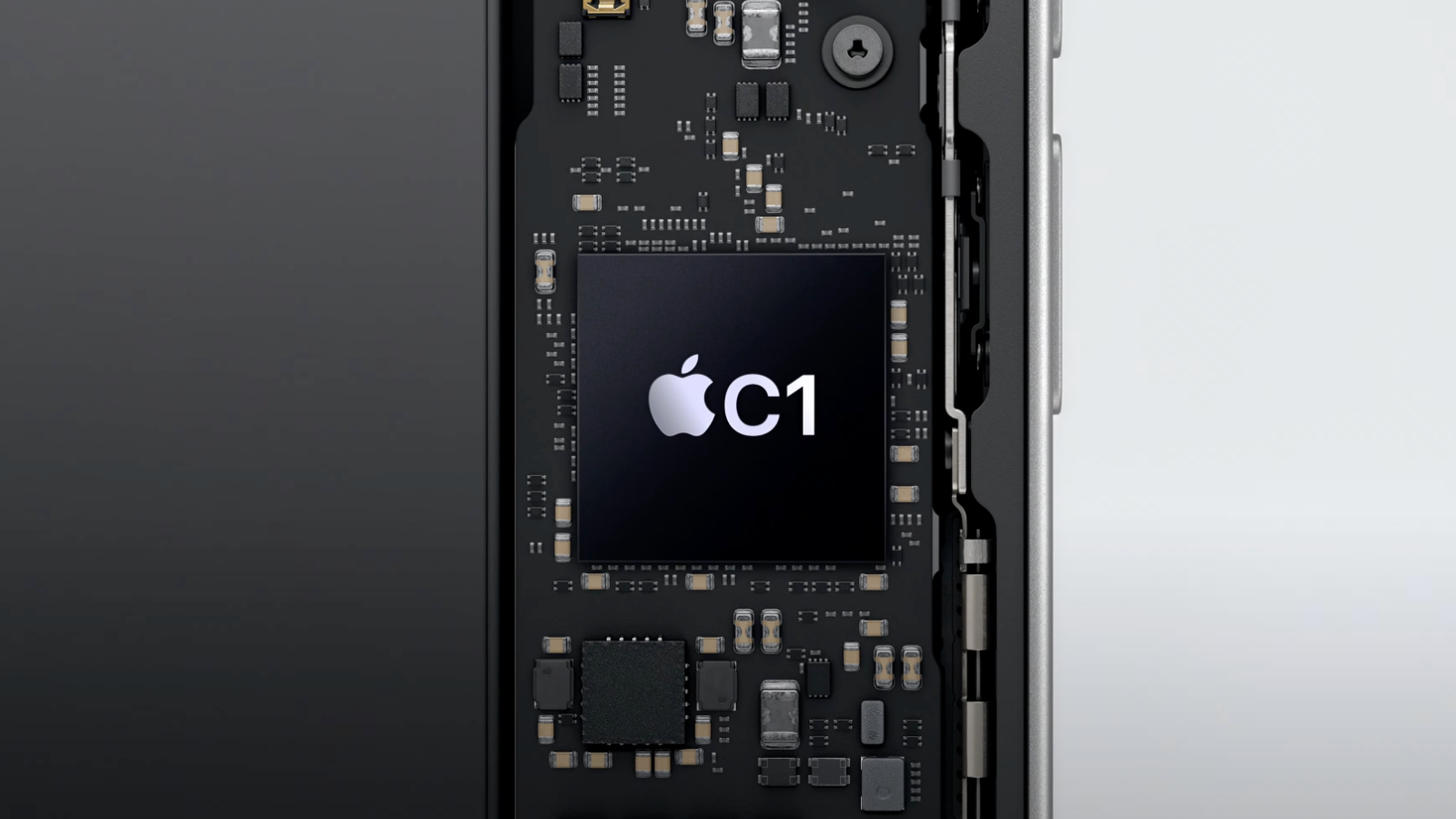
Apple is developing a "refreshed" version of its C1 modem for mass production next year that will improve power consumption and transmission speed, as well as bring support for mmWave, according to industry analyst Ming-Chi Kuo.

In a post on X (Twitter), Kuo said that while supporting the mmWave baseband isn't particularly challenging, achieving stable performance with low power consumption remains a "key hurdle" for Apple.
The C1 modem that debuted in the iPhone 16e lacks support for ultra-fast mmWave 5G technology. This means users don't have access to the exceptionally fast speeds that mmWave technology can provide in specific locations such as stadiums, airports, and dense urban areas. However, Apple says the C1 is just the "start" and that it is going to keep improving the technology with each new generation. Kuo has previously said the iPhone 17 Air, expected later this year, will also be equipped with the C1 modem.
It's not immediately clear which device will be first to use the so-called "refreshed" C1 modem, but a rumored iPhone 17e could be one possibility. Apple could also use the chip in an iPad and/or the standard model in Apple's iPhone 18 lineup. The Information's Wayne Ma has also predicted that Apple in 2026 will debut a new custom modem with support for mmWave 5G. The modem with mmWave support will be used in iPhones and "at least one iPad," according to Ma.
Another possibility is that Kuo's information actually relates to what Apple will call a "C2" modem. According to Bloomberg's Mark Gurman, Apple's next-generation C2 modem is expected to arrive in 2026, and will debut in Apple's iPhone 18 Pro models.
In his social media post, Kuo also divulged some more technical node details about Apple's C1 modem process technology:
- Baseband: 4/5nm (both technologies are similar)
- Low-frequency/Sub-6 TRx (Transceivers): 7nm
- Intermediate Frequency (IF) TRx: 7nm
- PMIC: 55nm
Apple claims the C1 modem is the most power-efficient modem it has used in an iPhone, contributing to the iPhone 16e having the longest battery life of any 6.1-inch iPhone ever.
Article Link: Kuo: Apple Developing Faster 'Refreshed' C1 Modem With mmWave Support for Mass Production Next Year
Last edited:

